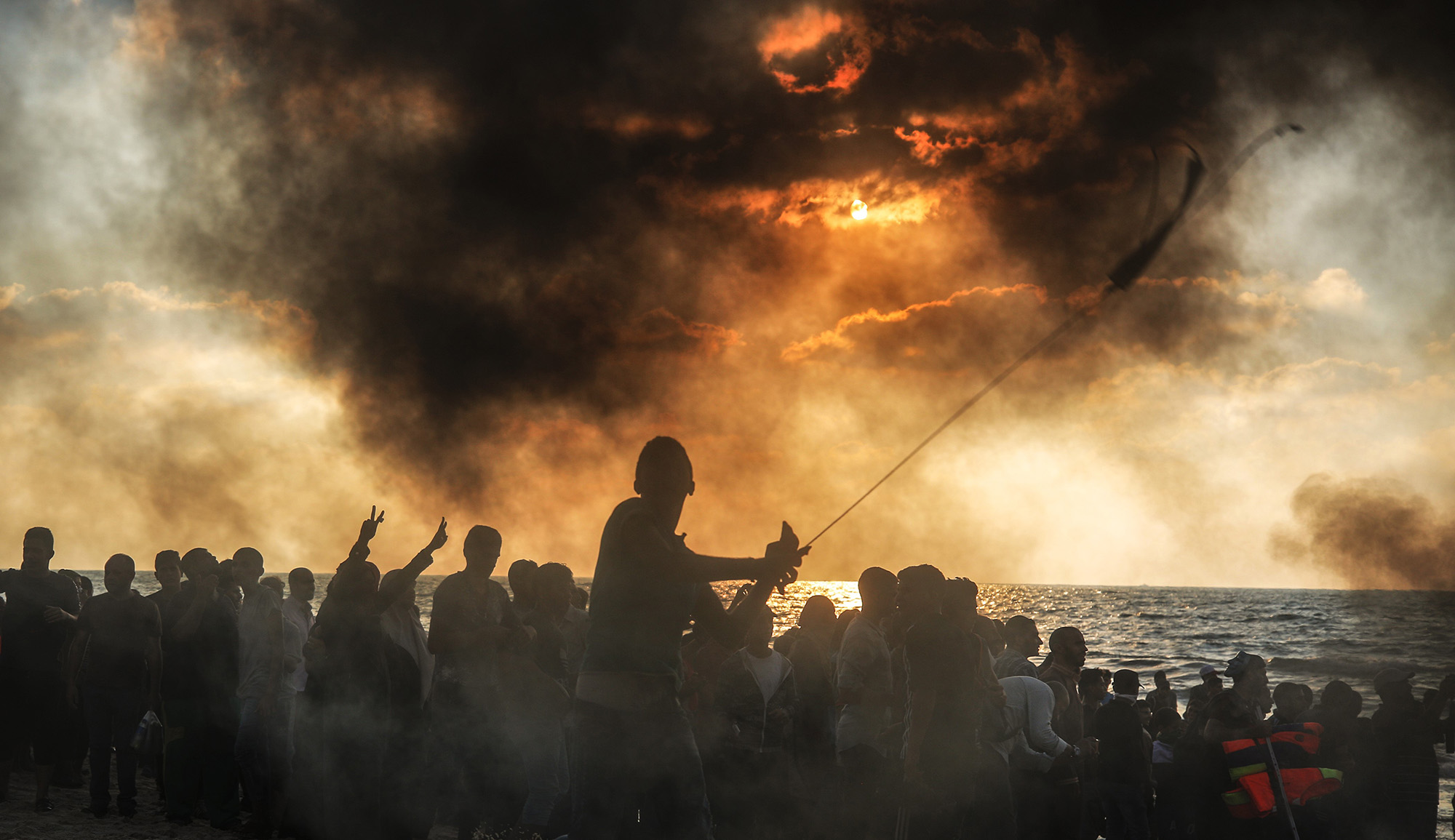Published in the 1940 and 50s for the students of a network of American socialist Yiddish schools, Yungvarg (“Young People”) was edited by Itche Goldberg, who—despite his commitment to Communism—believed it was essential to educate Jewish children in the Bible, Jewish holidays, and other elements of the tradition. Rokhl Kafrissen examines how the periodical addressed the upcoming holiday of Purim:
The texts in Yungvarg differ in reading levels and were aimed at various ages, but the literary and, indeed, the Jewish quality, is consistently high, reflecting Goldberg’s belief in giving . . . students an education rich in traditional Jewish concepts. This is especially evident in the texts written for each year’s Purim issue. The Purim-related texts sparkle with loshn-koydesh (Hebrew-Aramaic) vocabulary and a real yidishn tam (Yiddish flavor.)
But one of the texts that jumped off the page for me was a mini Purim shpil [play]. . . . The tone starts out extremely casual and American as the students tease each other about the quality of their costumes and their relative ability to protect (Esther) or harm (Haman) the Jews. But then a teacher shows up with an older class. The tone shifts, as the teacher begins speaking in rhymed couplets, . . . “Now I want to acquaint you/ With a new Mordecai and a new Haman.”
Imagine my surprise when I read the next lines, in which we find that the “new Haman” is dressed as the mufti of Jerusalem and at his side are two English soldiers. The position of grand mufti of Jerusalem had been created by the British, hence the two English solders by his side. The mufti had been an enthusiastic ally of Hitler and the Axis powers during the war. This particular issue of Yungvarg was from March 1948, mere months before the establishment of the state of Israel, something the mufti violently opposed. The state was established and the mufti indeed lost his position before the end of the year.
To which the teacher responds, omeyn. They then call two students from the crowd, the new Mordecai and new Esther, two students dressed as members of the Haganah. If we all help them vanquish the enemy, the teacher says, then we will have a “new, a joyous, a luminous Purim—1948.”
More about: American Jewish History, Amin Haj al-Husseini, Israeli War of Independence, Purim, Socialism, Yiddish


